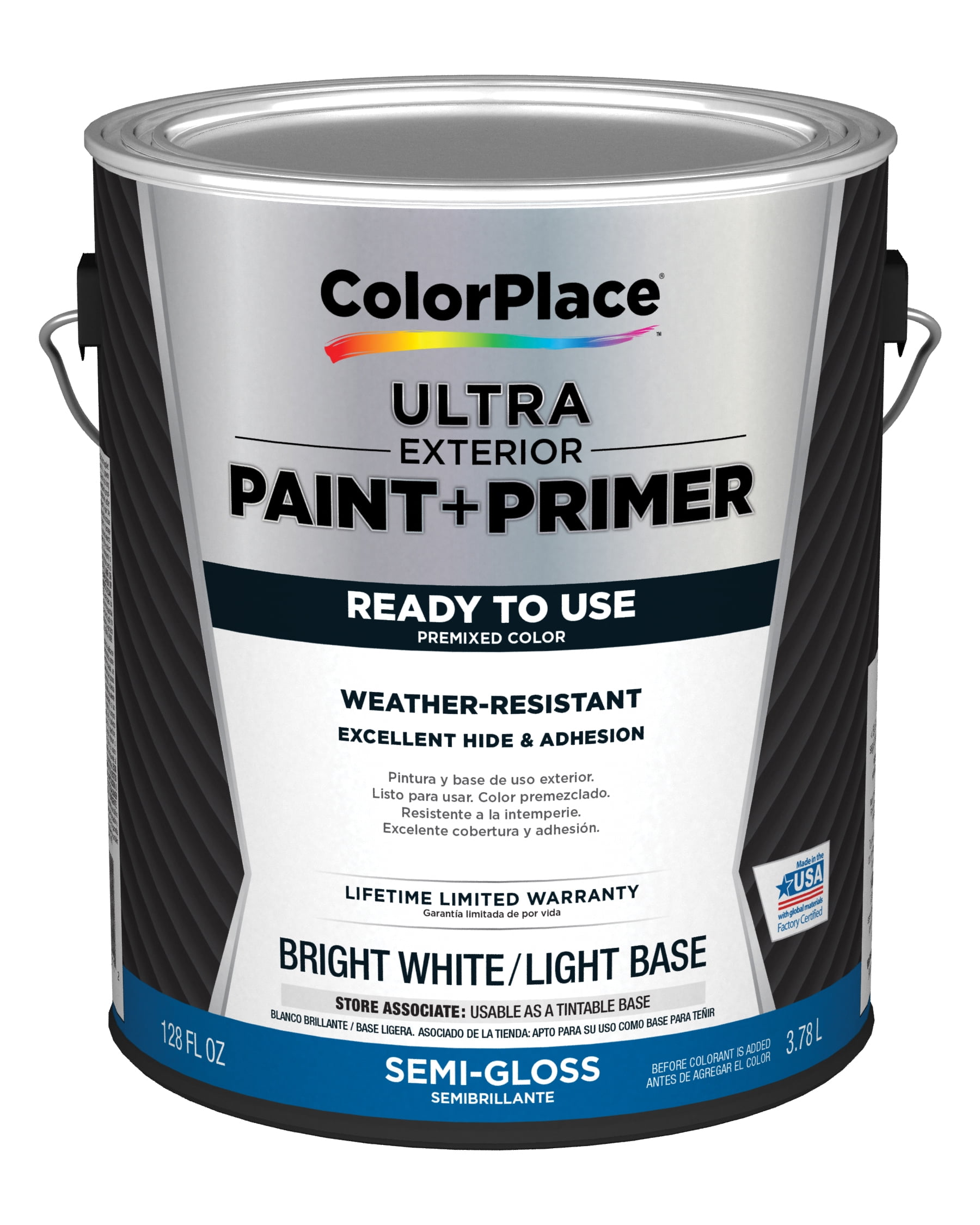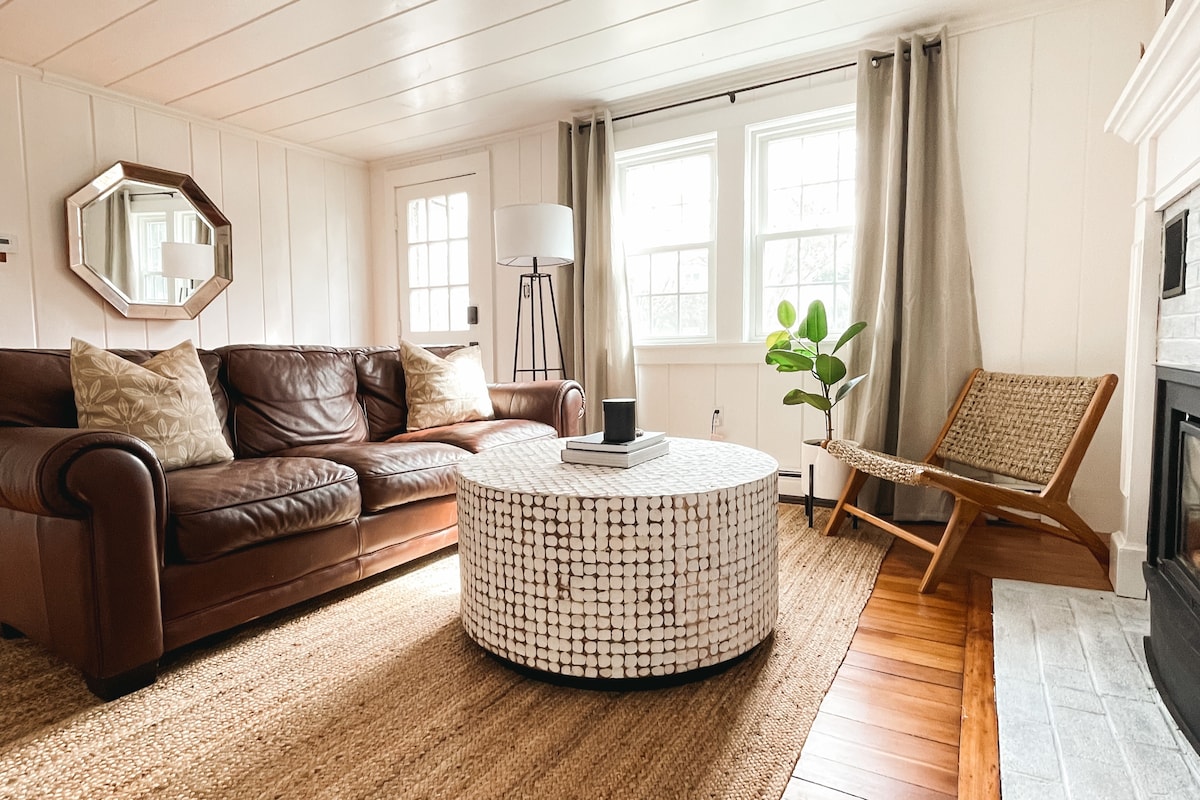Table Of Content

This is referred to as the Industry Discovery phase, and it can mean the difference between a logo that is generic and one that is too far out of left field. Once you have done your research, you can get on to the fun part of the logo design process. This is the step in which every designer will have his/her own way of doing things. In logo design, typography is an art that needs careful consideration. Whether bold and modern or elegant and classic, the font must align with your brand’s character. Think of the Apple logo – a simple, bitten apple that speaks volumes about innovation.
How Your Brain Processes Logos [Infographic]
Still, finding the perfect font for the job involves browsing through an extensive library we have collected. Further development of the logo sketches may include grids and lines drawn to balance and align things correctly. From the first sketch in the notepad, visual iconography or shapes may be appealing and worthy of development.

0 – Concept Development
The best graphic design books on branding, logos, type and more - Creative Bloq
The best graphic design books on branding, logos, type and more.
Posted: Mon, 16 Oct 2023 07:00:00 GMT [source]
This tandem will result in a proper, visually perfect, and meaningful logo — a functional marketing tool. The brief minimizes errors in the project and helps the client and the designer understand each other earlier. So it’s a good idea to take the time to answer all questions of the survey. Lukas is part of the content writing team at GraphicSprings, bringing his marketing expertise to the forefront.
Stage 6. Final presentation
A good practice is to create a version of your logo for both light and dark backgrounds. This might mean changing the font's color, or it could also mean changing the color of your entire logo. And if budget allows, put it on t-shirts, mugs, notepads, and a few other items to see how it looks. Mentioned below are eight steps for designing a logo for your business––one that is scalable, flexible, and memorable.
Maintain your brand story
Logos are meticulously crafted by professional designers, either as part of a design agency or as independent freelancers. These creative minds are driven by a passion for visual storytelling and a knack for translating a brand’s identity into a single, iconic mark. A well-designed logo communicates trust, professionalism, and sets the stage for brand recognition. In a world driven by visual communication, logos hold an unparalleled significance. A logo isn’t just a design; it’s the face of a brand, a symbol that encapsulates its essence and values. It’s no wonder that businesses across the globe invest time, effort, and resources into logo design to create a lasting impression.
Good design is good business.

Just like the brand strategy, the physical or digital space the logo will occupy should also inform your design choices. Research where the logo will be used—this is known as the Application Discovery phase. Although you may not yet have a complete list, the earlier you can predict how your logo will be used, the better for logo development. Where you need your logo might determine the color model, the shape or even design software used. In the process of creating a logo, the client and the designer agency become partners and collaborators.
This is also a good time to do your visual research, which may involve reviewing the logo designs of your client’s competitors. Colors have the uncanny ability to evoke emotions and convey meaning without words. In logo design, colors play a crucial role in shaping perception. For instance, blue exudes trust, red signifies passion, and green denotes nature and growth.
Step 8: Refine your choice
For instance, bright and playful colours may convey a fun and energetic brand, while muted tones indicate sophistication and elegance. This emotional connection formed through the logo can influence customers' perceptions and attitudes towards the brand. To demonstrate the logo design process, let’s use a fictional news app called Newsbolt – Delivering trending news at lightspeed. We’ll follow the logo design process step by step and provide key insights along the way. Not only is the logo simple, memorable, and appropriate for its audience, its physical and digital attributes work perfectly across different media variations and usages. To tackle such a complex challenge, many brands choose to hire outside help.
Creating Your Logo: Tools and Resources
It's an iconic representation of your brand, encapsulating your vision, personality, and values into a single graphic design. At Inkbot Design, we understand the importance of getting your logo right from the start. Over the years, we've developed a proven logo design process, allowing us to create logos our clients love consistently. Designing a logo is a creative journey that starts with understanding the brand’s DNA. Research plays a pivotal role – from studying the target audience to analyzing competitors.
Today, almost every market is saturated with competition and options. The design of your logo is as vital to carving out your niche as creating a unique value proposition. Monogram logos, also called lettermarks, use initials to create a concise logo suitable for companies with longer names. They are easy to remember and scale, but may require displaying the full brand name initially for recognition and could be confused with other brands if the initials are similar. An emblem is a logo incorporating text within a symbol for a cohesive image, often conveying formality and tradition.
Look back on each step one by one, and ensure that the logo adheres to every design rule perfectly. You may also take some time away from the logo and come up with three fundamental traits about your brand. Once you look at it again with fresh eyes, ask yourself if the logo captures these traits flawlessly. Do some research and create several drafts on unique and legible fonts that you are interested in. Don’t sweat it if you don’t find the perfect one right away—there are tons of typefaces out there!











